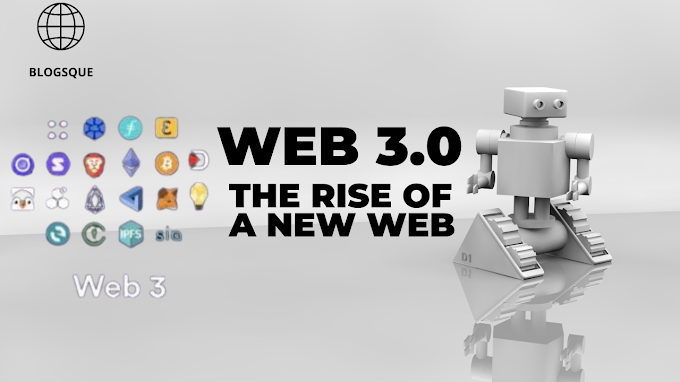
Wearable technology has become increasingly popular in recent years, and the trend is expected to continue in the coming years. Wearable technology has revolutionized the way we interact with technology and has created new opportunities for businesses to improve their services. This article will explore the future of wearable technology, discussing its potential uses, benefits, and drawbacks.
What is Wearable Technology?
Wearable technology refers to devices that are worn on the body, such as smartwatches, fitness trackers, and virtual reality headsets. These devices typically have sensors that collect data about the user and their environment, which can be used to provide valuable insights and improve the user's experience.
Types of Wearable Technology
There are several types of wearable technology available today, including:
- Smartwatches
- Fitness trackers
- Virtual reality headsets
- Smart glasses
- Smart clothing
The Future of Wearable Technology
Wearable technology has come a long way since its inception, and its potential uses are limitless. Here are some of the potential applications of wearable technology in the future:
Healthcare
Wearable technology has the potential to revolutionize healthcare by providing real-time monitoring of patients' vital signs, allowing doctors to provide personalized treatment plans based on the patient's data. Wearable technology could also be used to monitor the health of elderly patients, alerting caregivers if the patient falls or experiences a medical emergency.
Fitness
Fitness trackers have become increasingly popular in recent years, and their potential uses are only just beginning to be explored. In the future, fitness trackers could be used to monitor the user's hydration levels, sleep patterns, and stress levels, providing valuable insights into the user's overall health and wellness.
Entertainment
Virtual reality headsets have already revolutionized the gaming industry, but their potential uses go far beyond entertainment. In the future, virtual reality headsets could be used for virtual tourism, allowing users to experience different cultures and locations without leaving their home.
Education
Wearable technology could also revolutionize the way we learn by providing personalized learning experiences based on the user's learning style and preferences. Wearable technology could also be used to track the user's progress and provide feedback in real-time.
Benefits of Wearable Technology
Wearable technology has several benefits, including:
- Improved health and wellness
- Increased productivity
- Enhanced entertainment experiences
- Personalized learning experiences
Drawbacks of Wearable Technology
Wearable technology also has some drawbacks, including:
- Privacy concerns
- Health risks associated with prolonged use
- Reliance on technology
Conclusion
Wearable technology has the potential to revolutionize the way we live our lives, providing valuable insights into our health, wellness, and overall well-being. However, as with any new technology, there are potential drawbacks that must be considered. By understanding the potential benefits and drawbacks of wearable technology, we can make informed decisions about its use and ensure that it is used responsibly.



.png)




